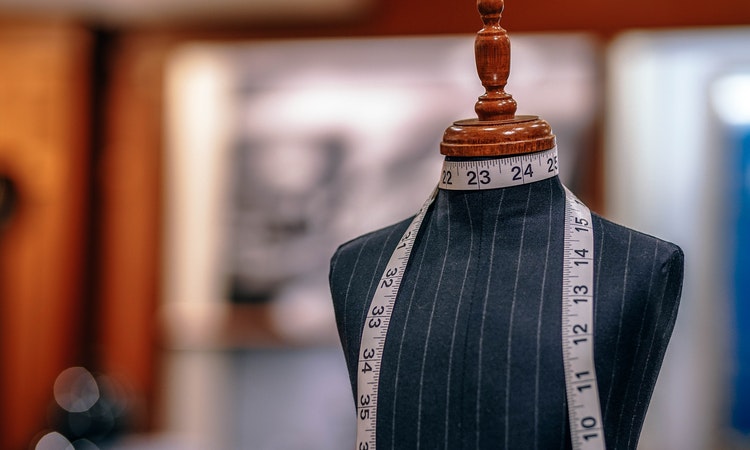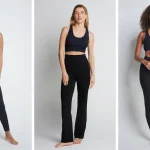
A Brief History of the Garment Industry
For a lot of human history, clothing has been handcrafted. Even today, while clothing manufacturers are totally automated, garments are sewed, as well as pieced together by human hands-on stitching machines.
The production of textiles was a difficult and time-consuming event prior to Industrial Revolution. Basic materials like flax, wool, as well as cotton are required to be rotated by hand into thread or yarn. Weavers created fabrics in their homes or small workshops on looms.
Prior to the spreading of ready-to-wear garments, each garment was made separately. Even after the Industrial Revolution, up into the early part of the 20th century a gown, for instance, was produced by the individual that would utilize it. Individuals in the lower ranks, laborers, and servants usually put on purchased secondhand or hand-me-downs clothes.
Although ready-to-wear cloth or dress manufacturers have been found for a long, the capability to stroll right into a mall, pick a garment from a rack, or get it online is a fairly new principle.
In the not too remote past, a garment would last for a long time. Today, we acquire an item of clothes, wear it a couple of times, and then throw it. The production, creation, and circulation of clothing is the 4th biggest production organization in the world.
All Set to Wear in the Old Days
Ancient records show that sellers in Old Babylonia shipped, as well as distributed some ready-to-wear garments as early as 1400 BCE. In Ancient Rome, garments were generated in workshops of approximately 100 workers to make uniforms for the armed force.
Prior To 1300 CE, individuals did not put on fitted textiles. Middle Eastern people put on loose, moving bathrobes. Middle-age Europeans put on linen under-tunics, as well as woolen chitons made from such long-lasting material that a garment lasted a lifetime. Women rotated wool right into the thread, and weavers, normally guys, wove textile in-residence workshops.
After 1350, apparel became extra developed fitting. A small ready-to-wear industry soon began to generate t-shirt accessories like detachable sleeves, as well as collars, in addition to handwear covers, as well as hats. By the 2nd half of the 16th century, gloves, collars, stockings, as well as hats were exported and imported in bulk amounts.
Prior to the industrial revolution, many textiles and garments manufacturing existed in a small range of in-home workshops called cottage industries. Sellers dropped off basic materials to the workers’ residences where production counted on self-pacing, as well as consisted of high and low skilled jobs.
If you are looking for t-shirt manufacturers, please visit the link.


















